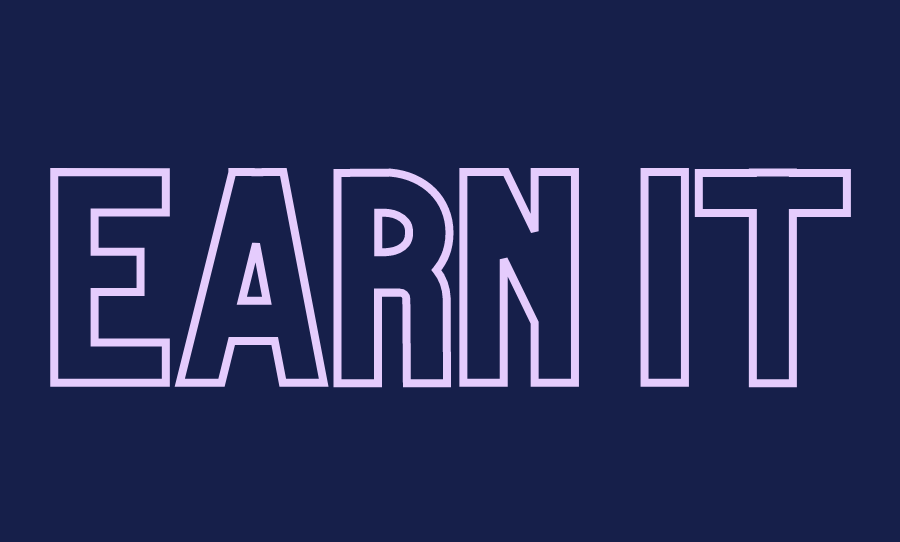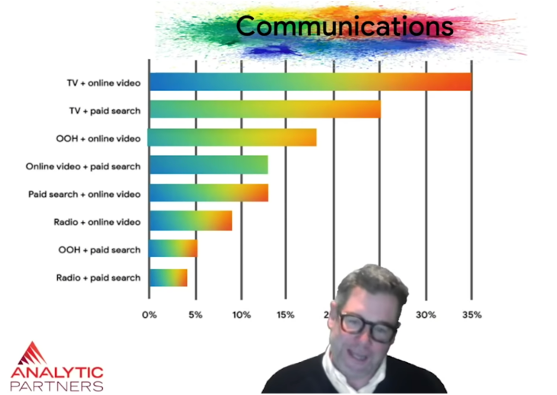
30 October 2020
Why it’s crucial someone else says you’re great – the long and the short of building trust in 2021
Contemplating the views of lauded marketing minds each morning – from Ritson to Sharp, Sutherland, Shotton or Sinek – seems to have served me reasonably well over the years, whether to shamelessly plagiarise as I dot from meeting to meeting; or fuelling ideas, interrogating and challenging theory in the context of our own client accounts.
Ritson’s latest keynote at Amplify Marketing Festival in August, which leverages Tom Roach’s excellent recent paper ‘The Wrong and the Short of it’ on balancing short-term and long-term marketing strategies for brand performance, sparked two key thoughts.
The first was that I completely agreed with the necessity of fully integrating marketing channels and carefully combining approaches to build effective brand campaigns – ‘traditional’ with ‘digital’ – all radio, tv, OOH is now digital Ritson reminds us – differentiation with distinctiveness, qual with quant, the forensically strategic with the wildly creative, mass marketing with precise targeting and so on.
This blending of typically contrasting approaches Ritson coins (or rather a comment by David Thomas on his LinkedIn post does) as ‘Bothism’– defining it tongue in cheek as “the rare capacity to see both sides, actively consider and then co-opt them into any subsequent marketing endeavour in an appropriate mix”.
The second, however is that for me there is one consistently glaring absence in the referenced ‘marketing mix’ of these big marketing thinkers – at least in all current, regular thinking and theory I have come across: earned media.
Compelling PR, whether strategic and considered or tactical and opportunistic, is a crucial component in the ‘marketing mix’, with the potential to do more for your brand than any short-term PPC campaign or long-term mass-marketing-brand-distinctiveness-reinforcing-Byron-Sharpism – when balanced with all, in a ‘Bothist’ approach, of course. It is totally controllable, affectable, implementable and measurable.
‘Earned’ simply means articles written about you, recommendations, blogs, brand advocacy and strong SEO and authority as a result.
Its potential impact is a concept as simple as this – to use an analogy from my ‘band days’ – if you tell someone who does not know you that your music’s great, a low percentage will believe you and a handful of charitable friends might have a listen. But, if a trusted source of authority or opinion tells someone your music’s great, then a much higher percentage will believe it, and a fair few will have a listen.
Compliment this at the same time with genuinely good songs, videos, posters, reviews and some clever release dates and the next time that person comes across you, well now we’re talking. Confirmation. Trust. Engagement.
The power of this, balanced into the mix, is the power of buzz and momentum, where story meets substance and recommendation and reputation excels. Quite simply, the impact of validation from a trusted source through a narrative that amplifies brand positioning has far more persuasive power, than one without it.
So why do marketers leave it out of their combined thinking, or at least acknowledge it as a significant marketing channel we can influence? Has the definition of ‘marketing’ been walled off as ‘paid campaigns’? Is PR still wrapped in historic connotations of hitting phones, leveraging contacts or getting a splash? Is PR still deemed to not be trackable? Because these are all total myths in the modern day.
PR and earned media is hugely strategic, trackable (our communications and ROI tracking tool BoldLens tracks and integrates PR views, clicks and direct conversions as intricately as any ‘paid’ campaign) and must interact with, play off and compliment any integrated marketing strategy to truly win and build consumer trust. Relationships do not hold a candle to a story with a hook, not anymore.
PR affects the long and the short. It drives up organic brand search. It lasts the test of time through SEO, holds huge weight for both reputational triumphs and scars. It drives both eyeballs and loyalty. It directly correlates to growth, conversion and retention. It is validation.
Perhaps it feels like such a significant omission personally because Boldspace deals mostly with ‘challenger and ambitious brands’ where buzz and momentum is the most vital component of progression, is more easily influenced and the interplay between medias is more tangible and correlations clear.
Certainly most of the aforementioned authors spend the majority of their time on P&G and Coca-Cola above plucky SMEs looking to break into markets. Sharp’s lip service to new brands at the end of his sequel to his famous ‘How brands grow’… finally talks about a ‘new brand’ example and he chooses…. Coke Zero.
Here within the Ogilvy lecture Ritson proves that combining media outputs rather than executing media plans in silos is far more effective. Agreed. So why is a seat at the table for the ‘Communications’ industry the only thing missing from Ritson’s Communications chart?

In the modern day, as earned media tracking and data has as much accountability as paid media and as communications disciplines merge together to serve a dramatically shifting consumer base (completely regardless of and not referring to the desperate 2020 by the way) we must adopt a structured, strategic earned media and PR strategy alongside and within our owned and paid strategies that looks at brand narratives as ‘beacons’ of brand positioning and behaviour, sells them in passionately and constantly to relevant titles, and convinces the ‘influencers’ of credibility (i.e. from respected writers to our consumers’ friends) the worth of what we’re selling and why it matters.
It should be noted that PR must be integrated strategically in the mix. A PR strategy standing on its own from everything else, is a howling waste of time and money. We constantly find the ‘PRability’ of a brand is also a pretty sure-fire test of whether a new brand is ‘ready’ i.e. compelling enough and worthy of launch or exposure.
If Ritson’s definition of Bothism is something to adhere to, and you agree with the conclusion to his Ogilvy lecture that in ‘2021 we must open all sides of the equation and blend them together’, then strategically earned media must also be firmly in that mix, to build crucial trust for both the long and the short term.